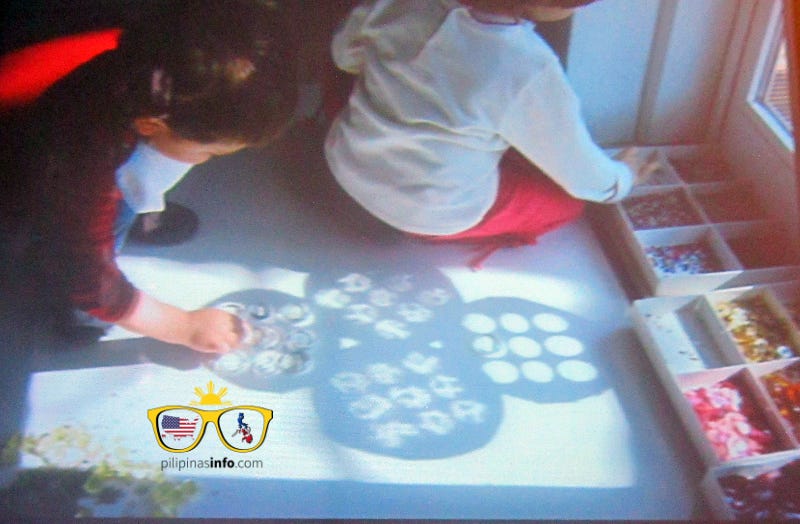Child Centered Approach of Italy's Reggio Emilia
2012 Italy Travel Observations of a Bilingual SPED Teacher Day No. 7
This is the seventh post about my trip to Italy in the summer of 2012. It was one of my requirements to complete the GWU Education Specialist Degree that was granted through the partnership of US Education Department, the school district I worked for and George Washington University. Even then, I was writing from the POV of a Filipino Educator teaching in the USA. There are hidden gems in these journal entries worthy to be shared.
On our way to Venice, we stopped by Reggio Emilia and visited the Centro Internazionale Loris Malaguzzi which is shown on the title image above and below. It is a showcase of the child-centered approach of Reggio Emilia, which is a school network started by the people in the community in 1945 after World War II. Our speaker, Sara Porpora, explained that during the 1960's, because of financial constraints, the people asked the municipality to support the school. Today, it is managed by the municipality.
Ms. Porpora claimed that they had always accepted all students, with or without disabilities from the start. They had support personnel to help children with disabilities, which was similar to the Istituto Degli Innocenti of Florence. Ms. Porpora then showed a series of pictures wherein their school children were allowed to explore while their teachers document their progress through notes, pictures and other portfolio materials. One picture left a lasting image for me and I was able to capture it in the photograph below.
Two children were matching the shapes of brightly colored stones and crystals to the shadow reflected by a cutout that the teacher glued to the window. I was amazed on what you can do with materials that are readily available (paper, scissors, shadow, window, stones) and a lot of imagination. Although the children may think they are playing, they are actually learning about shadows, shapes, colors and other concepts.
Using Light, Sound and Color to Teach Science
Later, we watched a show called Atelier Raggio di Luce, wherein they used light, sound and color to teach scientific concepts like reflection and refraction to school children. He did not allow us to take any pictures but I distinctly remember a paddle which looks like an 8 ½ by 11 inch whiteboard with a handle. It was used to refract the light from an overhead projector and showed interesting light effects. The speaker told us that they got the concept from the way the children use the materials then they adapted them.
The Reggio Emilia Way
I appreciate the Reggio Emilia way wherein they observe how the child learn and then they adapt the materials based on what they observe. I do this in my classroom. If I see the students struggle with small text, I make them bigger. If I see them interested in a manipulative, I find ways to connect it to our lesson. However, I haven't thought of using shadows, reflection and light. Next, we visited the University of Padova’s Museum of Education.




